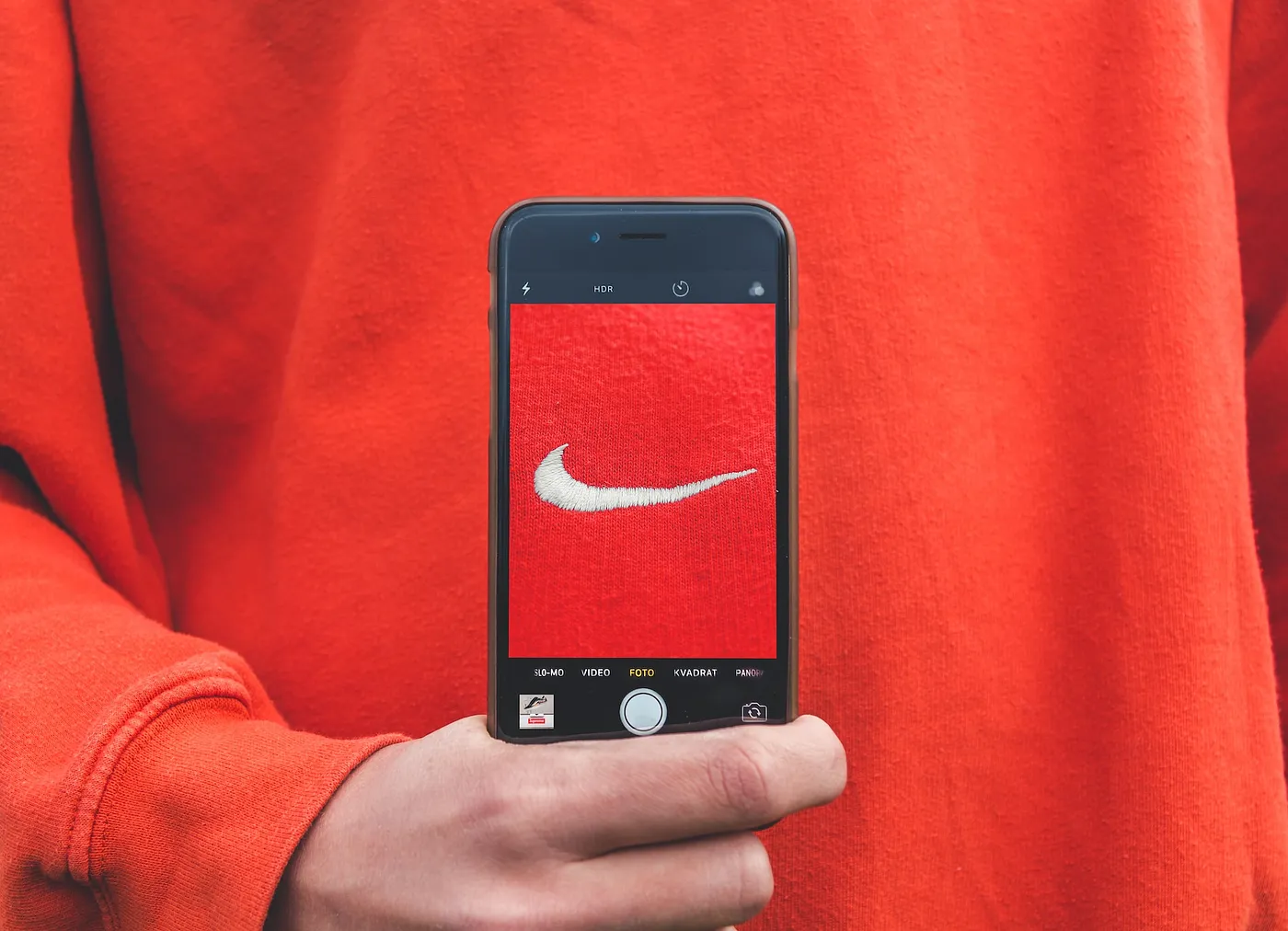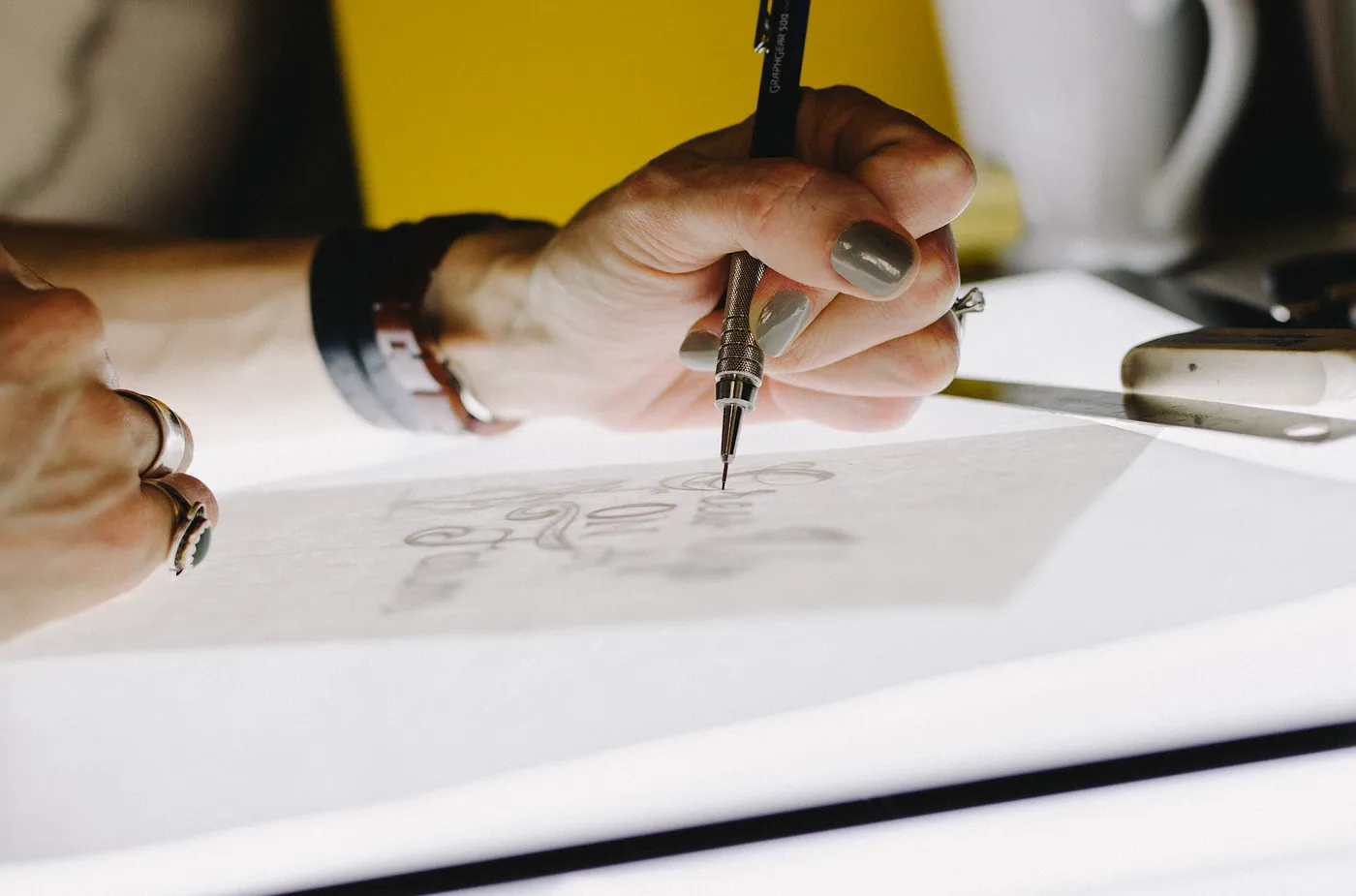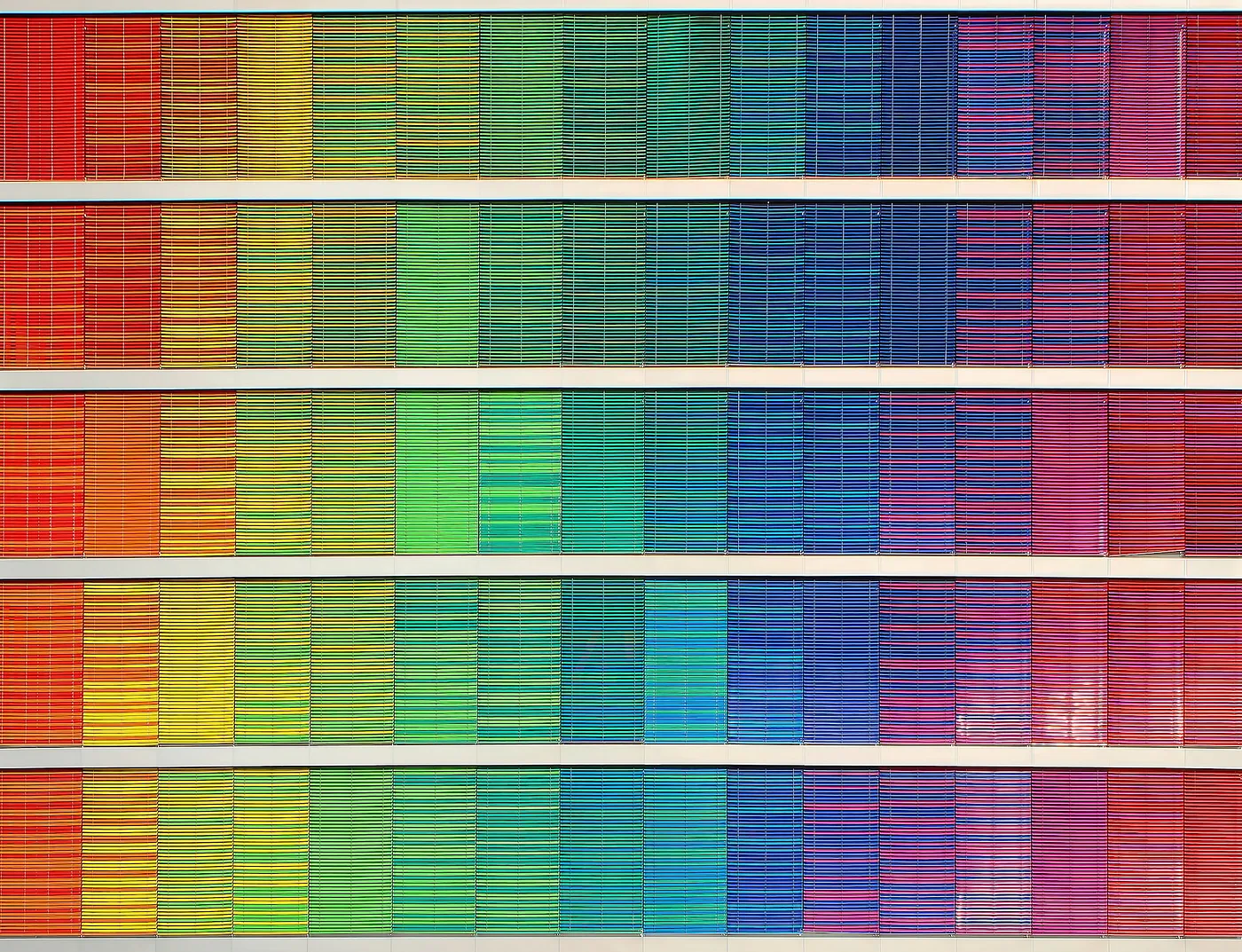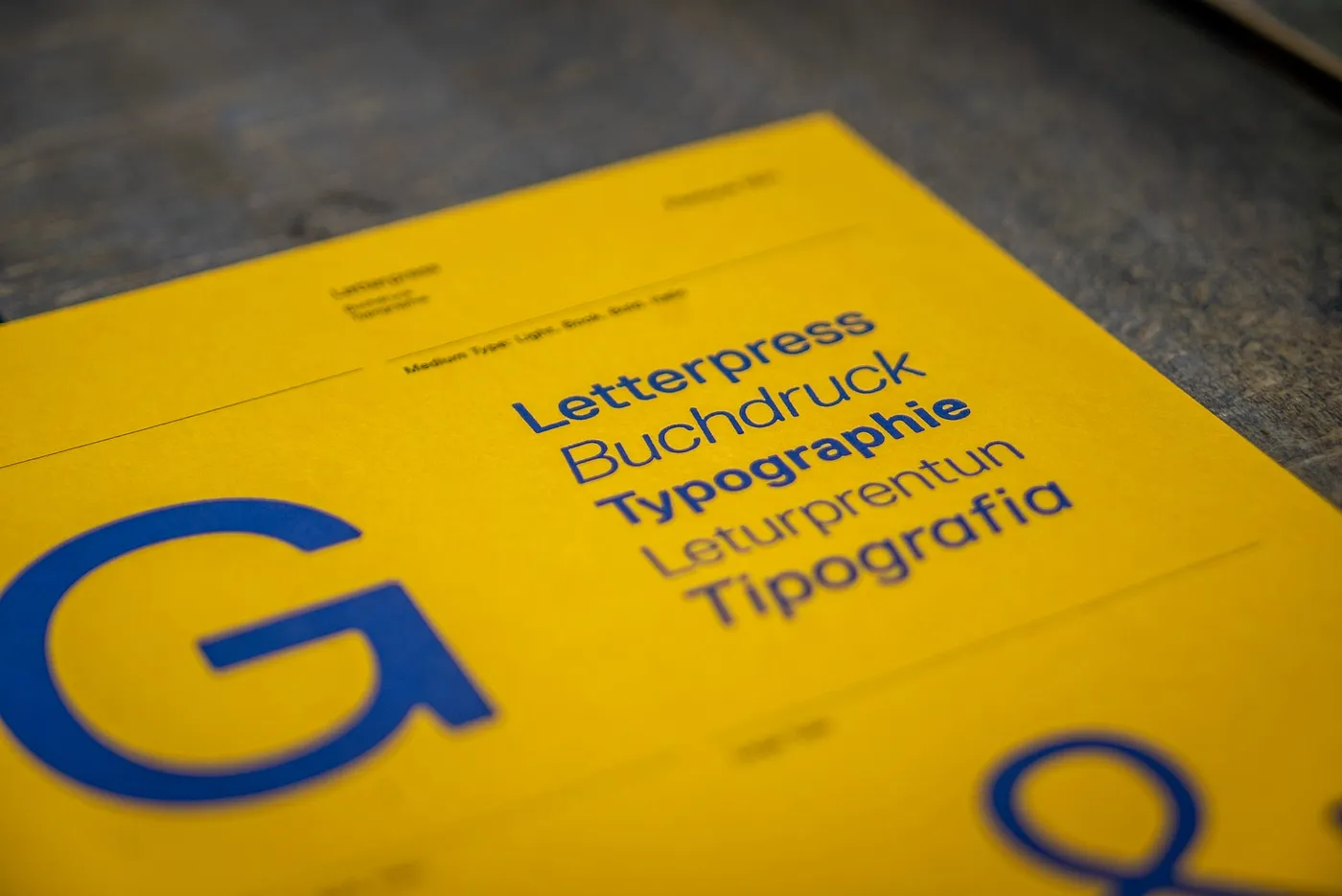
l
> blog
The Captivating Story of UX Design: The Past, The Present, The Future.
If you’ve ever thought about starting your own company, you most probably would have come across the term branding. In layman terms it’s creating a distinctive identity for your brand so that it is recognisable for your customers.
A strong brand is more than what you show, obviously. But that doesn’t mean you shouldn’t have a beautiful brand identity as well. And that’s where brand design comes in.
What is Brand Design?

Brand Design is the process of crafting a unified system of design elements like logos, colours, typography and illustrations. It is the aesthetic embodiment of your brand’s personality. Designed to invoke emotions in your customers and make it memorable.
In order to have a successful brand image, it needs to be backed by proper research and strategy. When executed perfectly, it can come to life through websites, packaging, presentations, marketing materials, etc.
But before any of this comes to life, you need to decide what goes into your brand identity.
What Makes A Good Brand Identity?

An integral part of making a successful brand image is to decide what goes into making up the brand’s visual identity. .
Since these elements are important to making up the brand image, it is crucial that they work together in a system. It is important to keep in mind this system as a whole when designing your brand identity.
With the marketing space being more crowded than ever, and having similar products in the market from one competitor to the next, brand design has become more important than ever to standout and resonate with your target audience.
1. Logo

Logo is an acronym for logotype, derived from Ancient Greek λόγος (lógos) ‘word, speech’, and τύπος (túpos) ‘mark, imprint’. It is a symbol used to aid in identification and recognition of a brand.
Whether its a wordmark, conceptual mark or combination mark, a logo is the brand’s signature on the world. A logo should be a symbol that is powerful enough to communicate your brand’s essence to everyone who experiences it visually.
2. Colours

Colours are essential to a brand’s design. Colours have the power to invoke a strong emotion in the viewer’s mind.
Emotions are powerful and drive us into making decisions. And as a brand you should try to cultivate that emotion with your target audience, and using colours provide a shortcut directly to their heart.
3. Typography

Typography refers to the art of arranging letters in a way that makes the copy legible, clear and visually appealing. It involves font style, appearance and structure. This can invoke certain emotions in your target audience.
Brand typography is a visual element in a business’s style guide or book, which helps to coordinate the tone and voice of your brand’s written materials with the overall brand identity. Although there may be some visual similarities between a typeface and a font, there are significant differences to typography.
4. Shapes













